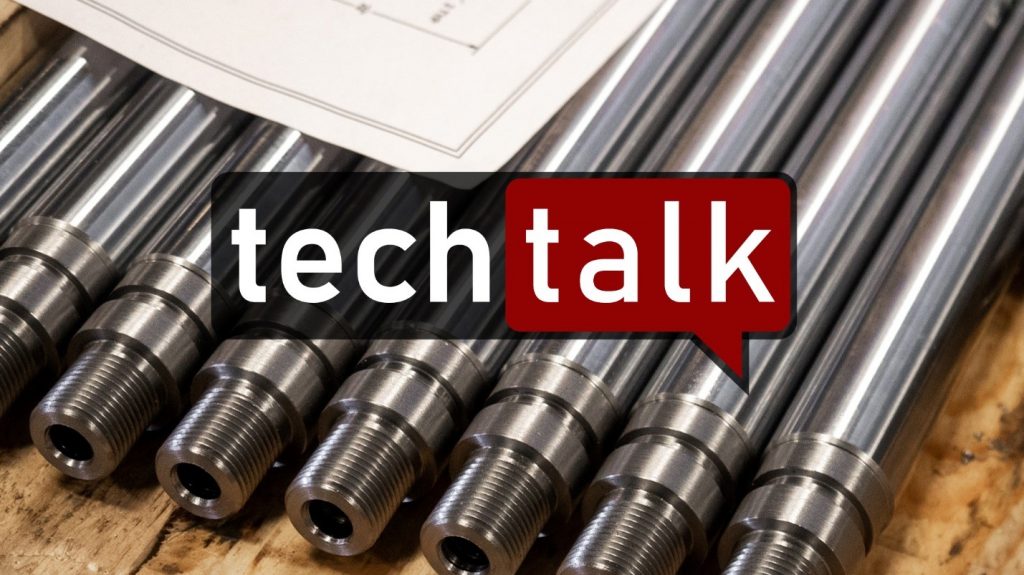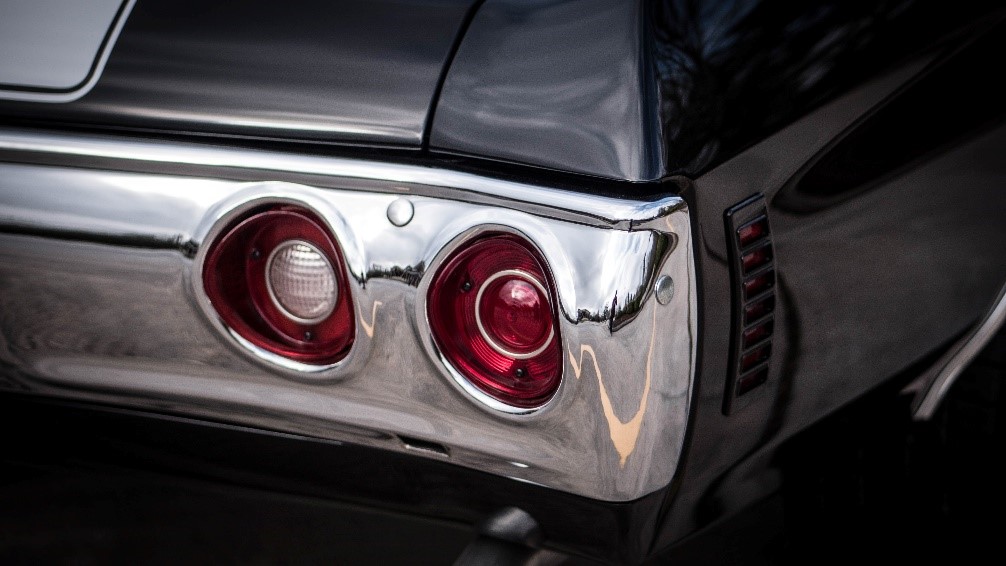
Anyone who has worked with hydraulic cylinders is familiar with the general structure and function of this linear actuator, and most understand the importance of protecting the rod from damage. Scoring, pitting, or nicks in the chrome surface will ruin seals and result in fluid leaking from the cylinder gland – a problem that will only worsen with each stroke of the cylinder. What many don’t realize, is that not all cylinder rods are created equal, and the difference lies just below the polished surface.
The polished surface is chrome plating. Chrome plating not only offers durable long-term protection against corrosion, but also provides a smooth finish that can be ground and polished to a precise diameter. This is critical to optimizing seal performance and providing enough clearance to allow lubrication between the rod and seal, but not outright leakage. The chrome plating used for hydraulic cylinder rods is called “Hard Chrome”. It is dull silver / grey in color, and as the name suggests, has a hard surface. This is quite different from “Cosmetic Chrome” which is the bright and shiny finish found on cars and motorcycles. Cosmetic chrome is softer and more easily scratched and damaged.
Although Hard Chrome is more resistant to damage than Cosmetic Chrome, it cannot withstand impact on its own. If the base material is relatively soft, it will suffer damage with mild to moderate impact, and so will the chrome plating. However, if the base material is hardened steel, it will tolerate moderate impact and provide enough support to prevent damage to the chrome plating.

Cosmetic chrome is the bright and shiny surface commonly found on cars and motorcycles
The two most common types of chrome shafting used to make hydraulic cylinder rods are CPO and IHCP. CPO stands for Chrome Plated Only, and IHCP stands for Induction Hardened & Chrome Plated. CPO shafting is typically 1045 steel with a Rockwell hardness of Rc15/19. IHCP is also 1045 steel, but achieves a surface hardness of Rc58/60 through the induction hardening process. It should be noted that induction hardening only effects the surface, with a minimum depth of .050”.
Obviously, CPO shafting is less expensive, as it does not require the added process of induction hardening. Standard off-the-shelf cylinders are mass produced using CPO shafting to keep costs as low as possible. In certain applications, such as an industrial plant where the cylinder is working in a protected environment, CPO will perform well for its expected life. In more harsh environments, such as an excavator working on a mining location, IHCP is a more suitable option, as it will withstand the bumps and bruises inherent to the job.
There are many things to consider when designing a hydraulic cylinder for a new application, or replacing a cylinder in an existing system. Understanding the working environment, the system parameters, and the various materials available are key to ensuring equipment performance and overall safety. Not always easy – but it’s the hard truth!
Share This:




 CDN NEWS |
CDN NEWS |  US NEWS
US NEWS 


























